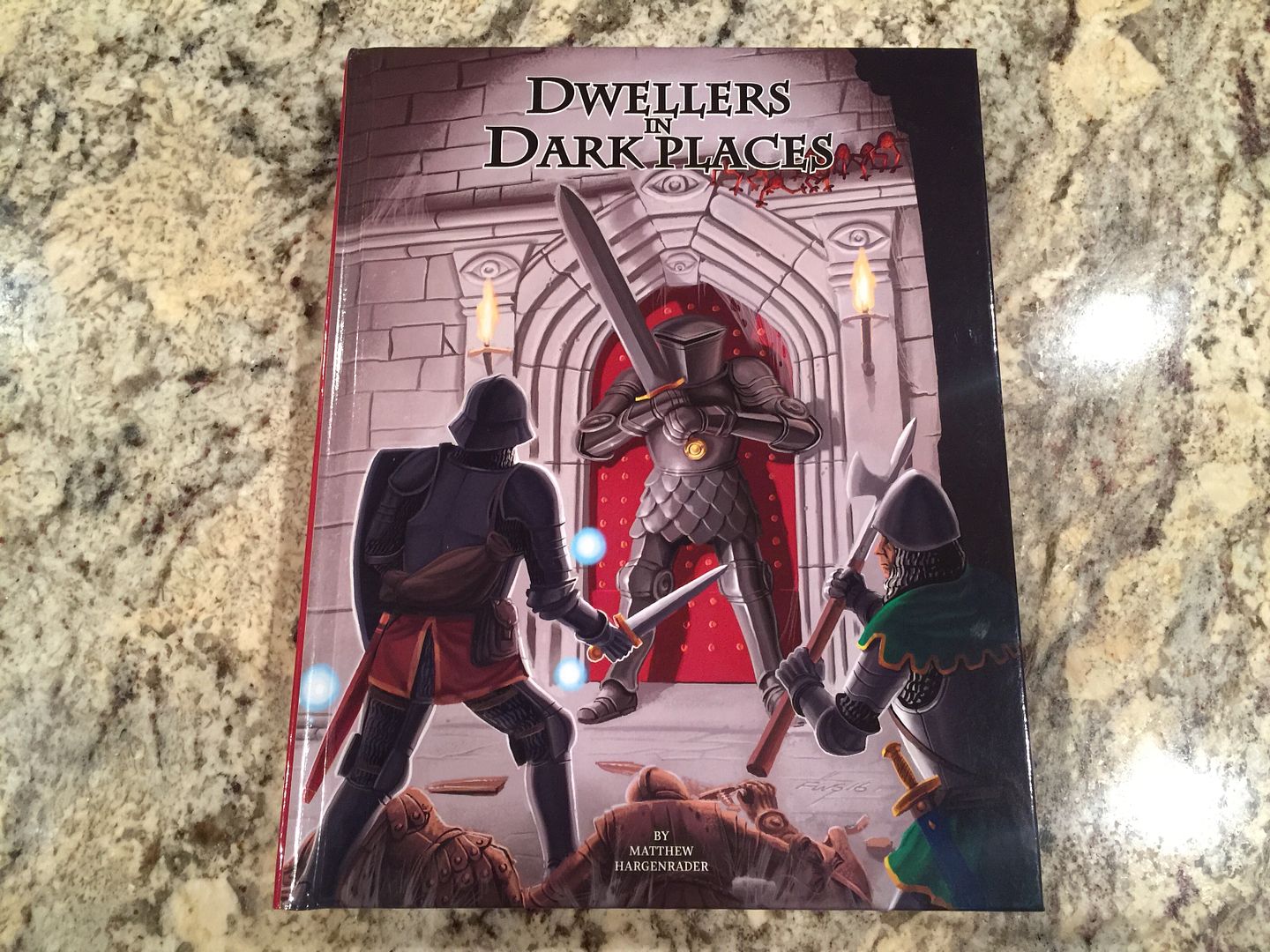In Italy in 1983 it was published a fantasy role-playing game whose title was "The Lords of Chaos".
The game was never translated into english and quickly fell into oblivion.
I never had the chance to put my hands on a copy of this game, until today.
Apparently, and judging from the reviews i read on the internet, it seems that this game was heavily influenced by Advanced Dungeons & Dragons 1st edition, which adds to my interest of obtaining a copy, because i revel in unofficial AD&D rewritings.
So yesterday i started reading the rules, and i immediately noticed two things: the game is elegant and simple, and there are more than a couple of rules that impressed my mind because i realized they are coherent and logical and may add to the fun of the game.
Also, i realized how they can be easily adapted to any existing AD&D campaign.
Here, for example, the rules on combat:
The page above states the following: you have an attack value and you must subtract the defense value of your adversary. In this way you find out your ATTACK FACTOR.
So, let's make an example. First we have to calculate our attack value. Your attack value comes from different sources, they are: the "level" of the weapon you are wielding (see below) + your mastery level in that specific weapon+ any modifiers due to high scores in strenght and/or agility.
You can find the levels of all the weapons available in the table below:
As you can see, the "strongest" (or more lethal) weapons are, respectively, the two-handed sword (level 7) and "alabarda" (how do you say that in english? I can't remember now)- which has a level 8 next to it. So i assume this to mean that they are overall more dangerous.
Now, back to our calculations.
For instance, Gondar the warrior attacks with a two-handed sword, the basic level of such a weapon is 7, his skill mastery in that weapon is 5, his modifiers due to high scores in strenght are +3, so his attack value is 7+5+3=15
Your adversary's Defense value is derived from: basic value of the weapon (as above)+ your skill level (your mastery) in the use of shield+ other modifiers (high scores due to agility, for example). So if the grand total is, say, 11 you end up with a Defense value of 11.
At this point, you have to make the subtraction 15 (your Attack value) - 11 (your adversary's Defense value) and you obtain a value of 4. This is your ATTACK FACTOR.
At this point, you can have a look at the combat table below.
You roll 1D20, you get a 14. You consult the table (on the +4 line, because that is your ATTACK FACTOR) and you find out that your strike hit both your adversary's armour AND his body).
How can i know this?
Have a lok at the table. Find the +4 column. You rolled a 14. As you can see, this number is beyond the grey line. This means that your strike pierced his armour and went beyond it.
Any number in the GREY LINE means that the armour blocked your strike. So only the armour gets worn.
Any number before the GREY LINE means that you did not even surpass the armour protection.
Any number beyond the GREY LINE means that you damaged both the armour AND the person wearing it.





